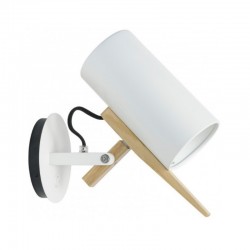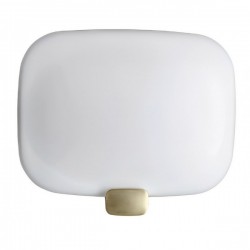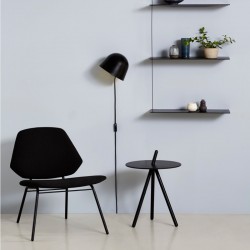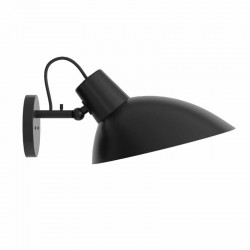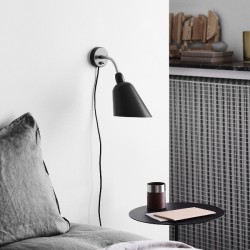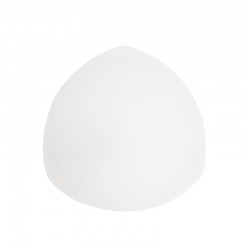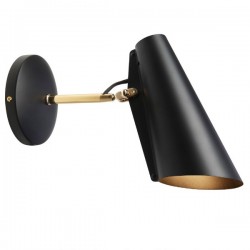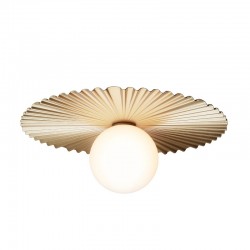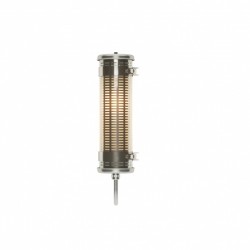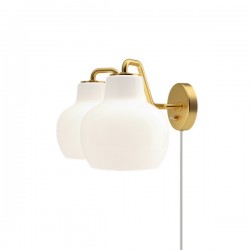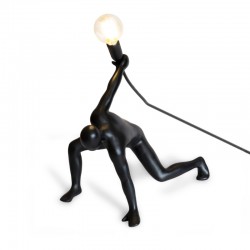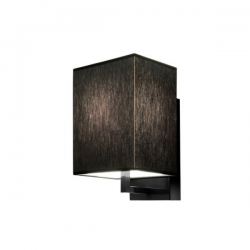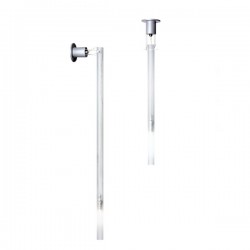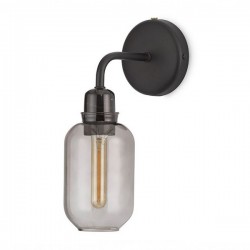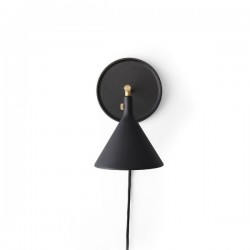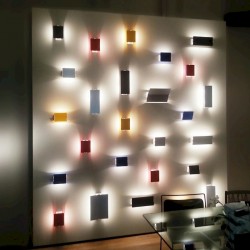A combination of basic geometric shapes and the use of wood together with metal give this range of lamps a homely appearance, at the same time as a clearly defined personality. Scantling is a term used to define the size to which a piece of wood or stone is measured and cut, derived from the name of an old unit of measurement.
The interplay of the different elements used in its design gives this lamp an archetypal, almost graphic appearance.
- Specifications
Lacquered iron structure. Solid oak arm supports a lacquered aluminium shade. The switch is built into the wall plate.
Black fabric electrical cord
Recommended bulb (not included) E27 LED Reflector
This product is CE approved only and should only be used in countries that follow and accept this standard. If it is used elsewhere it will be at the customer's sole risk, responsibility and liability.
- Size Description
Height: 19.5cm
Width: 26.8cm
Diameter: Base Ø13.5cm / Shade Ø9.5cm
Weight: 1.2kg
-
Mathias Hahn
<p>London based Mathias Hahn was born 1977 in Germany, and graduated from Essen University, Germany, in 2004. Two years later he received a MA degree from the Design Products course at the Royal College of Art under Ron Arad. During his studies in Germany he gained experience in the Product Design department of Volkswagen in Wolfsburg. Since his move to London he worked as a freelance designer for Tom Dixon and in 2006 became one of the founding members of OKAYstudio. From there he is working on diverse projects in the field of industrial for clients like Marset, Ligne Roset, Kvadrat, Kohler, Magazin and Süddeutsche Zeitung Magazin.</p> <p>As part of YDMI, organized by the German Design Council, Mathias became Young Professional 2008, and received the 2010 German Design Price as Newcomer/Finalist. Through his background in Industrial Design, working according to production and manufacturing processes, Mathias has a natural desire for designing towards use and functionality. He pictures his work as having two sides.</p> <p>One is based on the idea to create objects that have a place in everyday life and solve a particular problem, the other one is more playful and related to the narrative side of the design process which often functions as a starting point. Depending on the project these two aspects come together and form useful commodities that show a slight layer of humor, social context or even naivety.</p>


 EUR
EUR


